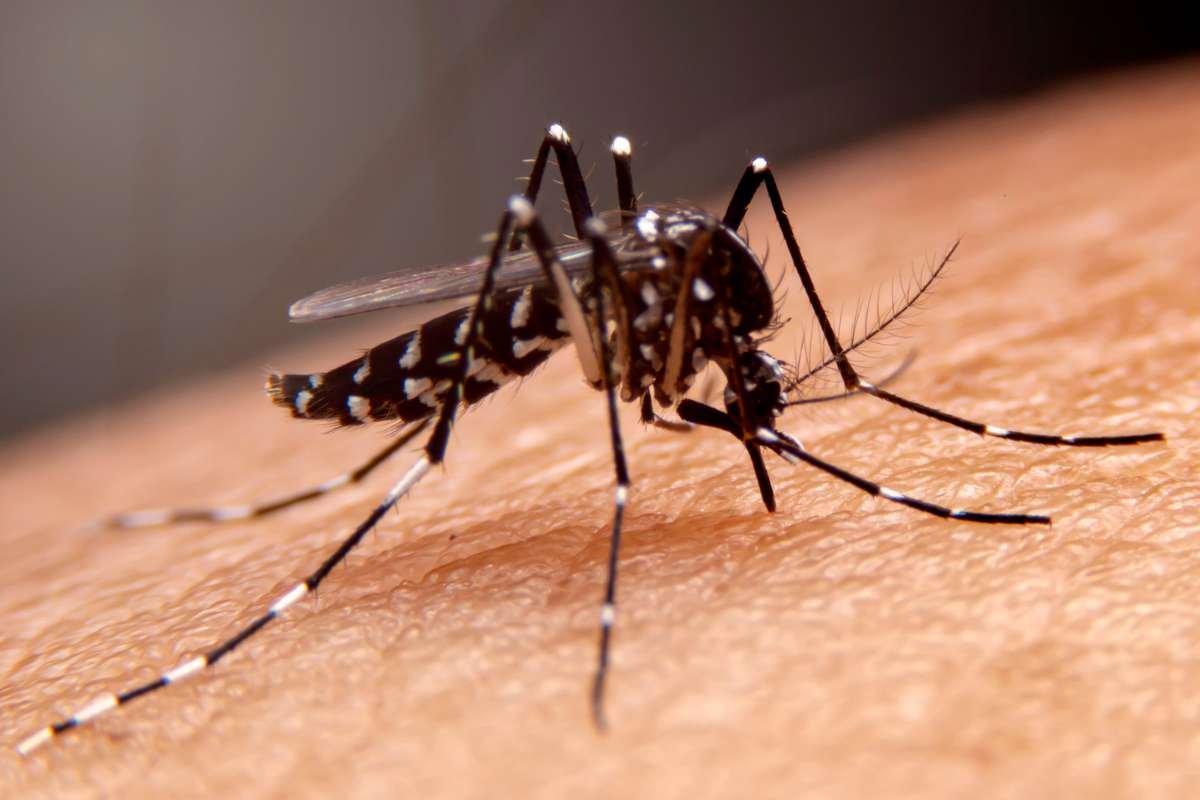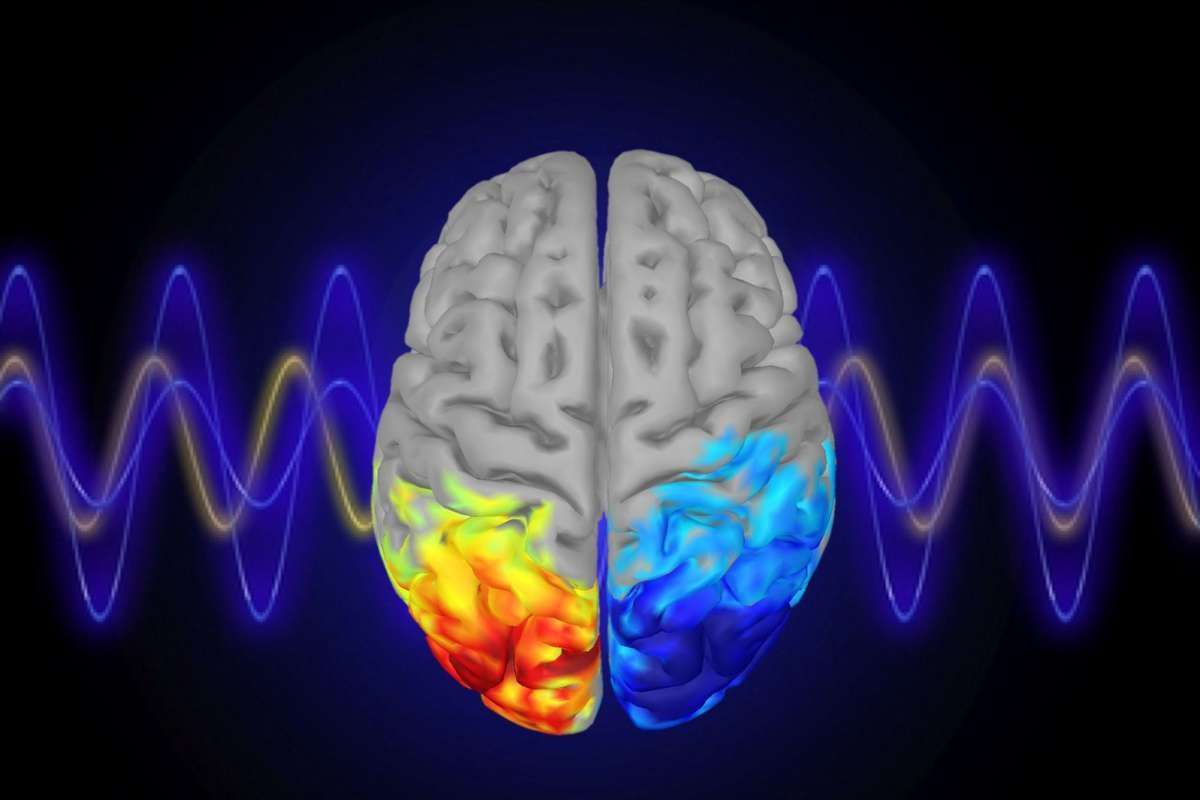In the healthcare Profession, there are more than just doctors and nurses. There are these dedicated individuals who come together to nurture well-being and restore vitality. This “List of Health Professionals” is not just a compilation of names, it’s a celebration of the skilled artisans who craft care and compassion. From the compassionate nurses who bring warmth to bedside manners, to the surgeons wielding the scalpel with precision — this list unveils the unsung heroes who dedicate their lives to the noble pursuit of wellness. Explore the diverse landscapes of health professions – from the soothing touch of massage therapists to the analytical minds of diagnostic experts, every entry is a brushstroke in the masterpiece of healthcare.
We have also addressed an issue of health professionals as they are facing a decrease that echoes through the corridors of medical institutions and clinics. Delving into the stories of these professionals who dedicate their lives to the service of others. We explore the reasons behind the decrease in their ranks, from systemic challenges to evolving career preferences. This piece of article is for a better understanding of the changing tides within health professionals and the profound impact it holds.
Who are Health Professionals?
Health professionals are experts who keep people healthy by using evidence-based medicine and compassion. They identify and treat illnesses, injuries, and both physical and mental challenges in line with the needs of the communities. They advise on using actions to prevent and cure health issues, all intending to meet the health needs of individuals and communities, making overall health better. Health professionals also study and enhance ideas, theories, and ways of working to advance evidence-based healthcare.
Now that we are clear with the basics let’s dive into the list of Health Professionals. For a better understanding, we have segregated the professional into four main segments.

1. Primary Care
- Definition: A primary care provider (PCP) is your go-to for checkups and health concerns, managing your overall well-being.
- Choosing a PCP: Check your health care plan to identify the type of practitioner designated as your PCP.
- Generalists: These include medical doctors (MDs) and doctors of osteopathic medicine (DOs) specializing in internal medicine, family practice, or pediatrics.
- OB/GYNs: Obstetricians/Gynecologists specialize in women’s health care, wellness, and prenatal care; many women use them as their PCP.
- Nurse Practitioners (NPs):
- Trained nurses with graduate education.
- Specializations: family medicine (FNP), pediatrics (PNP), adult care (ANP), geriatrics (GNP).
- Address women’s health care, and family planning, and can prescribe medicines.
- Physician Assistants (PAs):
- Provide diverse services in collaboration with MDs or DOs.
- Can also serve as a PCP.
2. Nursing Care

- Licensed Practical Nurses (LPNs):
- State-licensed caregivers trained for sick care.
- Registered Nurses (RNs):
- Graduated from the nursing program.
- Passed state board examination.
- State-licensed.
- Advanced Practice Nurses:
- Education and experience beyond basic RN training.
- Types of Advanced Practice Nurses:
- Nurse Practitioners (NPs): Provide advanced healthcare.
- Clinical Nurse Specialists (CNSs): Specialized in fields like cardiac, psychiatric, or community health.
- Certified Nurse Midwives (CNMs): Specialized in women’s health, including prenatal care, labor, and delivery.
- Certified Registered Nurse Anesthetists (CRNAs): Trained in anesthesia for painless sleep during surgeries or special tests
3. Drug Therapy
- Pharmacist Training:
- Graduated from a college of pharmacy.
- Prescription Processing:
- Prepares and processes drug prescriptions from your primary or specialty care provider.
- Information and Consultation:
- Provides information about medicines.
- Consult with providers about dosages, interactions, and side effects.
- Monitoring Progress:
- Follow your progress to ensure safe and effective medicine use.
- Health Evaluation and Prescription:
- Can evaluate your health and prescribe medicines.
4. Specialty Care

Your primary care provider may refer you to specialists for specific health needs, including:
- Allergy and Asthma: Managing allergies and respiratory conditions.
- Anesthesiology: Administering anesthesia for surgeries and pain control.
- Cardiology: Addressing heart disorders.
- Dermatology: Treating skin disorders.
- Endocrinology: Handling hormonal and metabolic disorders, including diabetes.
- Gastroenterology: Dealing with digestive system issues.
- General Surgery: Conducting common surgeries on any part of the body.
- Hematology: Managing blood disorders.
- Immunology: Addressing immune system disorders.
- Infectious Disease: Treating infections affecting various body tissues.
- Nephrology: Managing kidney disorders.
- Neurology: Addressing nervous system disorders.
- Obstetrics/Gynecology: Focusing on pregnancy and women’s reproductive disorders.
- Oncology: Specializing in cancer treatment.
- Ophthalmology: Managing eye disorders and performing eye surgeries.
- Orthopedics: Treating bone and connective tissue disorders.
- Otorhinolaryngology (ENT): Addressing ear, nose, and throat disorders.
- Physical Therapy and Rehab Medicine: Rehabilitating injuries and conditions like low back injury, spinal cord injuries, and stroke.
- Psychiatry: Handling emotional or mental disorders.
- Pulmonary (Lung): Addressing respiratory tract disorders.
- Radiology: Conduct diagnostic procedures like X-rays, ultrasound, CT, and MRI.
- Rheumatology: Addressing pain and symptoms related to joints and the musculoskeletal system.
- Urology: Managing disorders of the male reproductive system and urinary tract, as well as the female urinary tract.
(Note: Nurse practitioners and physician assistants may collaborate with specialists across various fields to provide comprehensive care.)
Understanding Healthcare Staffing Shortages in the US
The reasons affecting this decrease are a bit complex and intertwined with failed efforts to sustain it. However, if the number keeps on falling we might face a disastrous issue in the medical industry. Here, we have dissected the reasons behind the pain that we currently face.

The shortage of healthcare workers in the US is a complex issue with various reasons:
- Demographics: People are living longer, and needing more medical care, while aging healthcare workers are retiring faster than replacements can be found.
- Burnout: Overworked employees are leaving the profession rapidly, contributing to shortages.
- Rise in Chronic Conditions: Conditions like diabetes, heart disease, cancer, and Alzheimer’s strain hospital and long-term care staff.
- Insufficient Training: The nation struggles to produce enough doctors and nurses due to faculty shortages at medical and nursing schools.
- Low Compensation and High Demands: Shortages in roles like nurses and nursing assistants result from comparatively low pay and demanding education requirements.
Key Points:
- Shortages affect all health professionals—doctors, nurses, techs, and aides.
- Reasons are interconnected, including burnout, changing demographics, limited talent pipeline, and the challenges of the medical field.
- Employers can address the crisis by adopting new operating models, investing in HR technology, and collaborating with schools and training institutes.
Conclusion:
We as a society are standing at the intersection of challenges and opportunities on the medical map of the world. While the decrease in the workforce raises concerns and prompts introspection, it also signals the need for innovative solutions to build a strong foundation of healthcare. To recognize and acknowledge the names of our heroes and the challenges they face is the least we can do for the people who put their lives second to the community.
However, bridging the gaps and nurturing the health professionals workforce is a shared responsibility, vital for the well-being of societies worldwide. We hope you carry forward the lessons learned from this article and at the very least be grateful for the service of the heroes with no name.
Also Read: 6 Ways Exercise Professionals Contribute to Public Health






